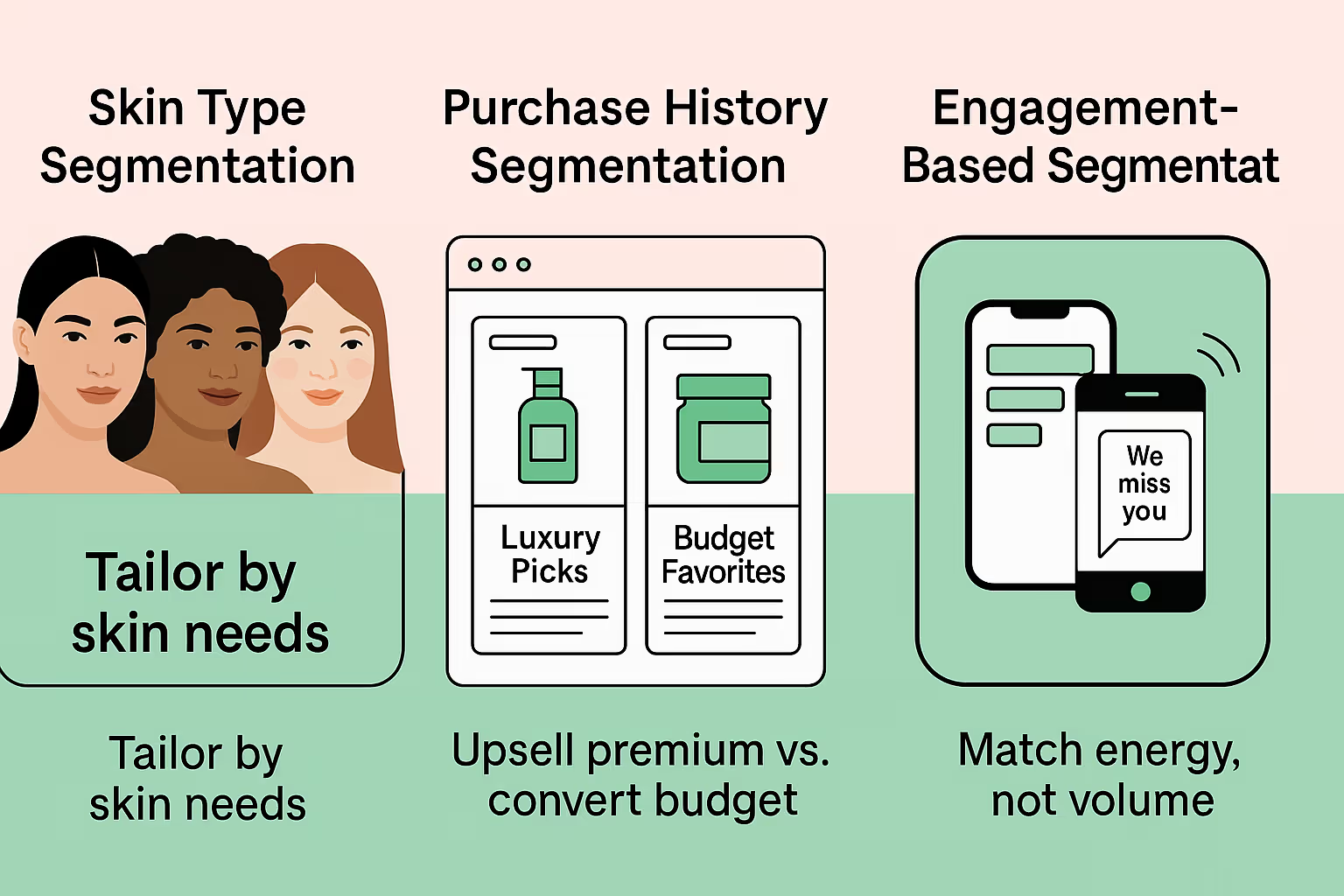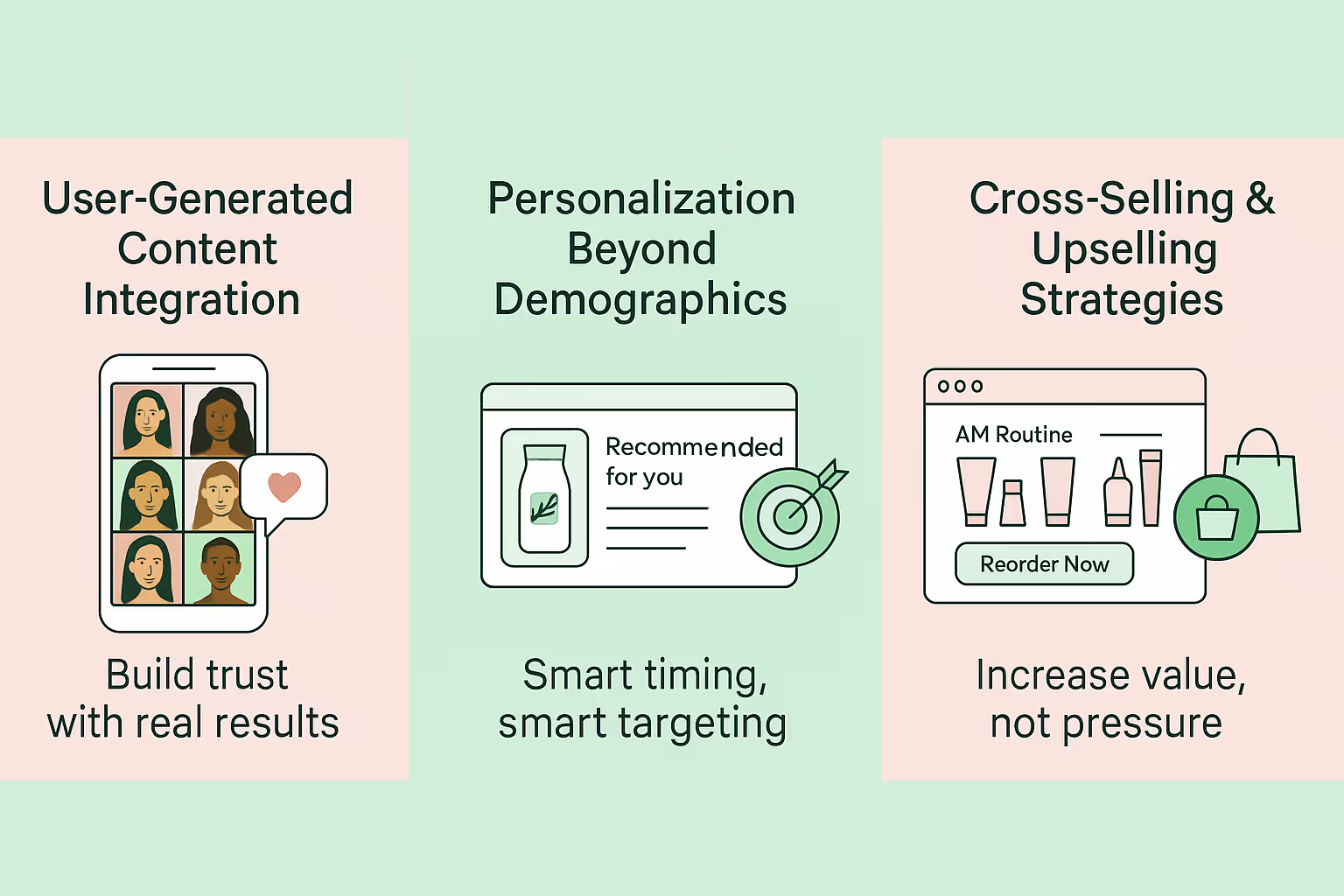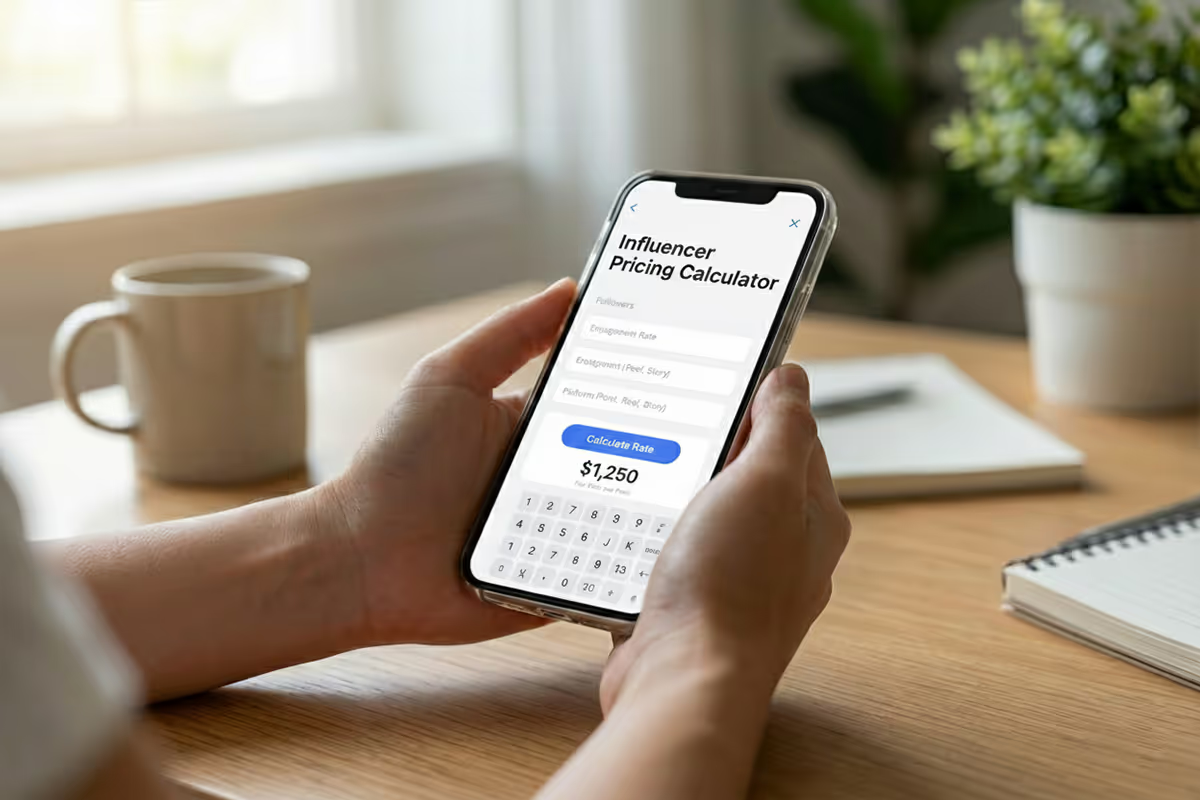What Email Marketing Strategies Work Best for a Beauty Brand: Top Strategies

Building a successful beauty brand requires more than just great products, it demands smart email marketing strategies that convert subscribers into loyal customers.
With 4 billion daily email users and an average ROI of $42 for every dollar spent, email remains a top-performing channel for beauty brands.
The beauty industry's need for education on ingredients and application creates ideal opportunities to build trust through email.
If you're wondering what email marketing strategies work best for a beauty brand, the key lies in personalization, consistency, and delivering true value.
Core Email Marketing Strategies That Drive Beauty Brand Sales
Beauty brands that consistently outperform competitors focus on five fundamental email marketing approaches that align with how customers shop for beauty products.
Segmentation Based on Beauty Preferences and Behavior
Smart beauty brands segment their email lists far beyond basic demographics. The most effective segmentation strategies focus on beauty-specific behaviors and preferences that directly impact purchasing decisions.

The three most powerful segmentation approaches for beauty brands include:
- Skin type segmentation - Customers with oily skin have completely different product needs than those with dry or sensitive skin. Creating separate email tracks for each skin type allows brands to showcase relevant products while building credibility through targeted advice.
- Purchase history segmentation - Customers who consistently purchase premium products respond differently to messaging than bargain hunters.
- Engagement-based segmentation - Highly engaged subscribers can handle more frequent communication and detailed product information, while less engaged segments need re-engagement campaigns focused on compelling offers or educational content.
Automated Sequences That Build Relationships
Top-performing beauty brands use automated email sequences to create meaningful, long-term relationships with their customers.
These workflows are designed to engage at every stage of the journey, from first impression to repeat purchase.
The most effective automated sequences include:
- Welcome series automation – A 5–7 email sequence that introduces the brand story, highlights bestselling products, and communicates the brand’s unique value. The first email should offer immediate value, such as an exclusive discount or free shipping, to create a strong first impression and drive initial purchases.
- Educational follow-ups – Emails that provide helpful content around ingredient benefits, product application tips, and how-to skincare routines. This builds trust and positions the brand as a knowledgeable partner in the customer’s beauty journey.
- Abandoned cart recovery – Beauty shoppers often spend time researching before they buy. These abandoned cart emails should ease hesitations with ingredient breakdowns, customer testimonials, and before-and-after imagery that builds purchase confidence.
- Post-purchase sequences – Keep customers engaged after their first order with application tips, complementary product recommendations, and replenishment reminders. For example, a moisturizer with a 6–8 week usage timeline can trigger a follow-up campaign for reordering at just the right time.
Educational Content Marketing Through Email
Beauty customers crave education about ingredients, techniques, and product selection. Brands that consistently provide valuable educational content through email build stronger relationships and higher lifetime value.
Three content types that drive the highest engagement include:
- Ingredient spotlights - Emails explaining the benefits of retinol, hyaluronic acid, or peptides position brands as trusted experts while naturally showcasing products containing these ingredients. This approach feels helpful rather than pushy, increasing engagement and click-through rates.
- Tutorial-style content - Emails featuring makeup application techniques or skincare routines provide ongoing value to subscribers. These can include step-by-step photos, video links, or downloadable guides that customers reference repeatedly.
- Seasonal beauty advice - Summer emails might focus on SPF protection and sweat-proof makeup, while winter content addresses dry skin solutions and holiday party looks. This seasonal approach keeps content fresh and relevant.
Advanced Tactics for Beauty Brand Email Success

Beyond foundational strategies, certain advanced tactics separate successful beauty brands from the competition. These approaches require more sophisticated execution but deliver significantly higher results.
User-Generated Content Integration
Beauty brands thrive on social proof, and emails featuring real customers create trust that polished brand images can’t match. Encourage customers to submit their photos through contests or hashtags, then showcase these results in campaigns.
Before-and-after transformations, makeup looks, and testimonial compilations build credibility while increasing engagement and conversions.
Personalization Beyond Demographics
Truly effective email personalization goes deeper than age or gender. Use purchase history, browsing behavior, and customer preferences to trigger tailored product recommendations.
A shopper interested in anti-aging will respond to different content than someone buying bold lipsticks. Smart timing also matters, schedule sends when each subscriber is most likely to open and act.
Cross-Selling and Upselling Strategies
Emails that recommend full routines like AM/PM skincare regimens or complete makeup looks deliver more value while naturally increasing cart size.
Use replenishment reminders based on product lifecycle data to prompt reorders at just the right moment. Done well, these campaigns feel helpful, not pushy, and foster loyalty through convenience.
Timing and Frequency Optimization
Email timing significantly impacts beauty brand success, but optimal schedules vary based on customer segments and product types.
Strategic Send Times
Email timing significantly impacts beauty brand success, with optimal schedules varying based on customer segments and product types.
The most effective timing strategies include:
- Evening sends - Beauty brands often find success with evening emails when customers have time to browse products and plan purchases
- Mid-week focus - Tuesday through Thursday typically outperform Monday or Friday sends, though testing remains crucial for each specific audience.
- Weekend lifestyle content - Saturday morning emails about self-care routines or Sunday evening emails preparing for the week ahead often generate strong engagement.t
Frequency Management
Email frequency requires careful balance. Beauty enthusiasts often appreciate frequent communication about new launches and trends, while casual customers prefer less frequent but highly relevant messages.
Most successful beauty brands settle on 2-3 emails per week for their main list, with additional emails for specific segments like VIP customers or new product launches. The key lies in maintaining consistent value delivery rather than arbitrary frequency targets.
Measuring Success and Optimization
Beauty brand email marketing success requires tracking metrics that align with business goals and customer behavior patterns.
Key Performance Indicators
Tracking the right metrics ensures your email marketing efforts align with business goals and customer behavior patterns.
Essential KPIs for beauty brands include:
- Open rates - Beauty brands typically achieve 20-25%, with top performers reaching 30 %+ through strong subject lines and sender reputation management
- Click-through rates - Generally fall between 2-4%, though educational content often outperforms promotional emails significantly.
- Conversion rates - While industry averages hover around 1-2%, brands with strong segmentation and personalization often achieve 3-5% conversion rates
- Revenue per email - Successful beauty brands typically generate $0.50-$2.00 per email sent, with higher values during peak seasons or product launches
Continuous Improvement Strategies
A/B testing subject lines proves particularly valuable for beauty brands. Testing ingredient-focused versus benefit-focused subject lines often reveals segment preferences that improve overall performance.
Email design testing helps optimize for mobile viewing, which accounts for 60-70% of beauty email opens. Testing single-column versus multi-column layouts, image sizes, and call-to-action button styles can significantly impact conversion rates.
Send time optimization through testing reveals audience-specific preferences that improve engagement. Beauty brands often discover that their audience has unique timing preferences based on shopping behaviors and lifestyle patterns.
Building Long-Term Customer Relationships
The most successful beauty email marketing strategies focus on building lasting relationships rather than driving immediate sales. This approach creates higher lifetime value and stronger brand loyalty.
Exclusive access programs reward loyal email subscribers with early product launches, limited edition items, or members-only sales. These programs make subscribers feel valued while providing tangible benefits that justify staying on the email list.
Educational email series that don't directly promote products build trust and position brands as helpful experts. Customers appreciate brands that share knowledge freely, creating goodwill that translates into future purchases.
Community building through email creates connections between customers and brands. Emails featuring customer stories, behind-the-scenes content, or brand founder insights humanize companies and strengthen emotional connections.
What the Pros Do: Smart Behavioral Triggers That Replicate In-store Beauty Experiences
Most beauty brands rely on basic segmentation, but few tap into micro-behavioral triggers and email actions based on specific browsing behaviors that mirror real-life interactions in a beauty store.
For instance, if a shopper views a serum but doesn’t buy, trigger an email with a quick ingredient tip, a customer review, or a small discount. If they explore both “vegan” and “anti-aging” categories, send a tailored bundle that fits both needs.
Stacking behaviors like combining product views, email opens, and quiz completions let you send emails that feel personal and well-timed. Though underused, these tactics drive deeper engagement and higher conversions by making emails feel helpful, not automated.
Bringing It All Together: What You Can Do Next
Implementing these email strategies takes consistent execution, not all at once. Start with segmentation based on customer behavior, then layer in automation and educational content.
Prioritize value in every email while keeping a consistent brand voice. Beauty customers respond to authenticity and expertise.
Winning beauty brands blend strategy with genuine customer care. By focusing on education, personalization, and relationship-building, email becomes a tool for both immediate sales and long-term loyalty.
FAQ
Related blogs

Influencer Pricing Calculator: Find Your Fair Rate for Posts, Reels & Stories
.avif)
How To Market Pet Products Through Storytelling: Win Attention, Build Trust, and Boost Sales Naturally
.avif)
How To Market Coffee To Gen Z: The High-Impact Blueprint Every Brand Needs
.avif)

